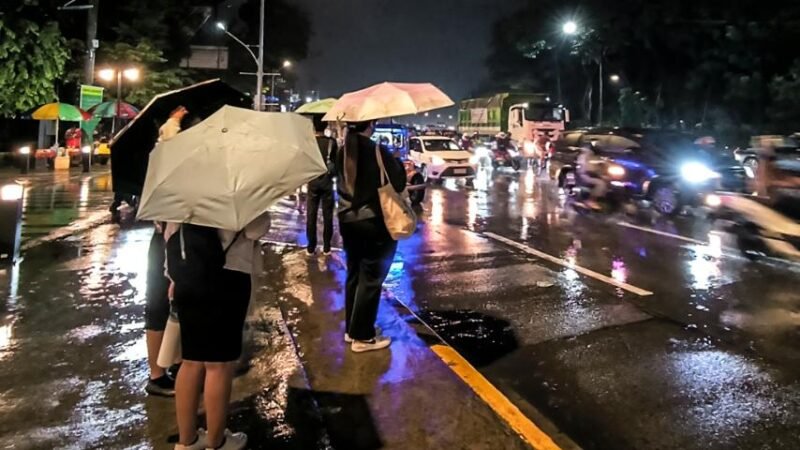PNP eyes smarter, faster emergency response under Gen. Segun’s 911 upgrade plan
![Brig. Gen. William O. Segun to lead PNP’s major 911 modernization efforts. [PR photo]](http://ourdailynewsonline.com/wp-content/uploads/2025/06/PNP-Communications-and-Electronics-Services-PNP-CES-director-PBGen.-William-Segun-at-the-PNP-E911-Command-Center-2.jpg)
Brigadier General William O. Segun, the newly appointed chief of the Communications and Electronic Services (CES) of the Philippine National Police (PNP), is spearheading a major transformation of the country’s Emergency 911 system aimed at improving public safety and speeding up emergency responses.
Segun, formerly Deputy Commander of the PNP Area Police Command in Southern Luzon, emphasized that the PNP, in cooperation with the Department of Interior and Local Government (DILG), will work closely with a system provider to launch a next-generation emergency communications infrastructure. This fully integrated system is expected to elevate national emergency response efficiency, allowing police and other responders to act swiftly and effectively across the Philippines.
Upgraded tech, faster responses, smarter systems
According to Gen. Segun, one of the biggest changes will be the integration of the PNP’s communication platforms with the national 911 system using Emergency Location Systems (ELS), which will enable caller location mapping and real-time data integration. In collaboration with DILG’s E911 Commission, the DICT, NTC, telecom providers, Google Asia, and a designated service provider, the upgrade will ensure smooth information sharing, resulting in faster deployment and improved coordination.
The overhaul will include a major enhancement in emergency call handling: 911 operators will receive specialized training in crisis intervention, call etiquette, first aid, and other key skills. Responders in the field will be equipped with real-time mobile communication tools such as body cameras, audio recorders, and secure messaging apps, enabling quicker and clearer reporting from the ground.
Performance monitoring and public outreach
The PNP’s incident monitoring system is also set for improvement. New data fields will allow for better tracking of both performance and obstacles, and the platform will be able to generate automated reports that support better decision-making and response strategy development.
The system will also tackle the issue of prank calls, which will now be identified and redirected more efficiently. Repeat offenders may face legal consequences, according to Gen. Segun.
In addition, a public awareness campaign will be launched to promote responsible use of the 911 system and educate citizens on when and how to seek help.
Segun stressed that CES must evolve into a tech-savvy, data-driven, and highly connected force. Plans include integrating AI-powered dispatch, predictive policing tools, and advanced analytics to preempt crime and optimize resource deployment. Strengthened inter-agency communication and community outreach programs will also form the core of this modernization drive.
“The 911 technology will enable the public to report accidents immediately, providing exact location and incident details. PNP stations will then deploy units with pinpoint accuracy,” Segun said. “For example, a vehicular accident with injuries will trigger automatic dispatch of both police and ambulance units to avoid delays.”
As the country’s central emergency hotline, 911 is available 24/7, free of charge, and accessible to all for police, fire, medical, and other urgent services.



